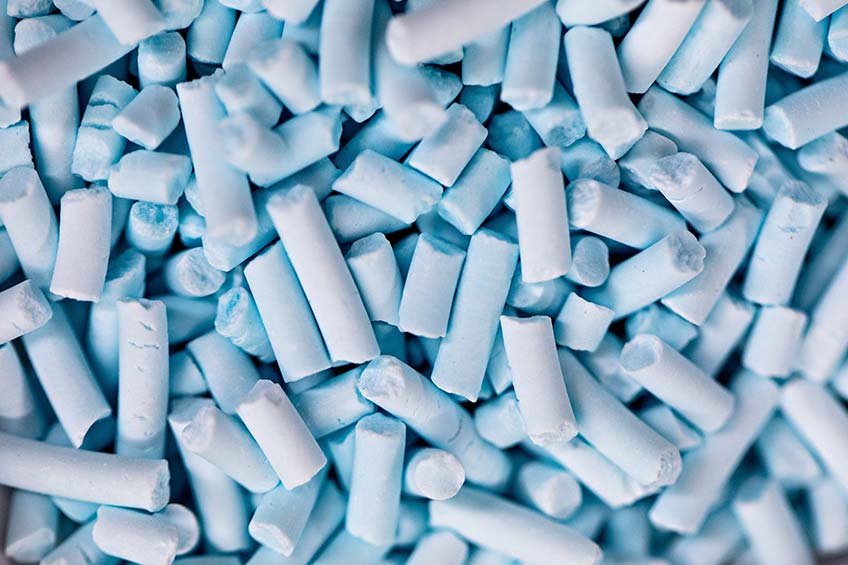NREL Determines Cheaper Path to High-Octane Gasoline
Researchers at the National Renewable Energy Laboratory (NREL) have pioneered a cheaper method to produce high-octane gasoline from methanol.
Producing biofuels from woody biomass can be expensive. So NREL researchers combined fundamental science with an economic analysis to find a solution. Their process first identifies the most expensive parts of that conversion. Then, it finds ways to drive down those costs using methanol as an intermediate.

Ruddy is the lead author of the paper detailing this process, titled “Methanol to High-Octane Gasoline within a Market-Responsive Biorefinery Concept Enabled by Catalysis.” His NREL co-authors are Jesse Hensley, Connor Nash, Eric Tan, Carrie Farberow, Earl Christensen, and Joshua Schaidle.
The journal Nature Catalysis detailed this process in its latest issue.
It's an important area of research given the challenges of existing methanol-to-gasoline conversion. The traditional method relies on multi-step processes and high temperatures. It's expensive, produces lower-grade fuel, and in small amounts compared to petroleum-based fuel. It can't compete.
But finding a solution wasn't easy. The NREL-developed process at first ran into the problem of a hydrogen deficiency. Hydrogen is a key component of hydrocarbons, which are necessary for fuels. The researchers hypothesized that using a transition metal would solve that problem.
The addition of copper to the catalyst solved that problem. The researchers estimate the copper-infused catalyst resulted in 38% more yield and 29% less cost.
What's more, the NREL-produced process resulted in a higher carbon efficient gasoline. So even if the cost savings were minimal, the resulting product would have higher value.
Costs aside, the NREL process provides those using it with other competitive benefits. For instance, it allows companies to compete with ethanol producers for renewable fuel credits (if the carbon used comes from bio-gas or municipal waste). It's also compatible with existing methanol plants that use natural gas or solid waste to generate syngas.
The Bioenergy Technologies Office within the Department of Energy, and the Chemical Catalysis for Bioenergy Consortium, funded the research.

